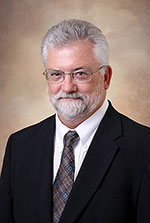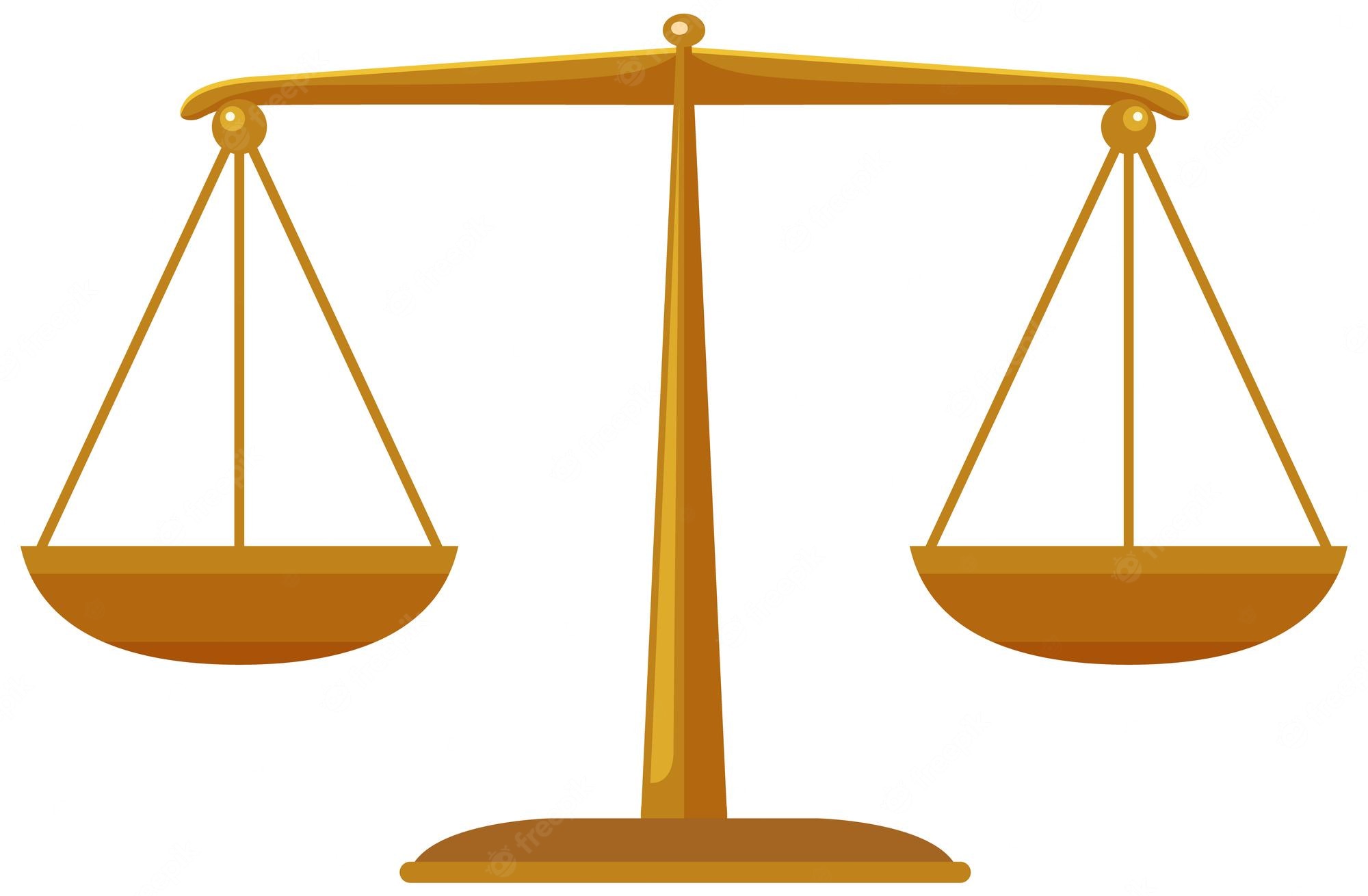By: Pat Longan, William Augustus Bootle Chair in Professionalism and Ethics, Director of the Mercer Center for Legal Ethics and Professionalism, Mercer University School of Law
All of us who teach professional identity are constantly on the lookout for useful resources. A new book that you will find to be valuable is The Significant Lawyer: The Pursuit of Purpose and Professionalism, by the Honorable William S. Duffey, Jr. (Mercer University Press (2022)).
Judge Duffey comes to the topic of professional identity with long and varied experience in the law. He served in the Air Force JAG Corps, as a private practitioner for 22 years with King & Spalding, as the United States Attorney for the Northern District of Georgia, and as a United States District Judge. Judge Duffey has reflected deeply on his experiences in the profession and provides powerful insights into how lawyers can find meaning and satisfaction in their careers.
The central thesis of the book is that lawyers must align their lives in the law with their personal values. When lawyers allow their careers to become misaligned with their values, they sacrifice their integrity, with the result that they find themselves unhappy, even lost, in their professional lives. In Judge Duffey’s experience, such misalignment is all too common. For lawyers in private practice, especially at the large law firms whose “profits-per-partner” metrics are routinely published, Judge Duffey blames the misalignment on the pivot of law firms away from service toward the pursuit of more and more profit.
In his reflections, Judge Duffey does not spare himself. For example, he notes that one of his personal values is not to be overly concerned with money or status. He describes how he and his wife, acting consistently with that value, resolved not to change their lifestyle when he became a partner. Yet soon he was driving a new BMW “partner kind of car” and moving to a new house. He had the self-awareness to know he was being pulled out of alignment by money and status. To try to counteract that tendency, and to put his professional life back into alignment with his personal values, one year he resolved not to compare his share of King & Spalding’s profits with those of his partners. He resolutely looked only at his own compensation and decided it was fair. A few days later, he succumbed to the temptation to know what the other partners made. Then his compensation seemed less fair. Judge Duffey found himself less satisfied when he kept score of his professional success by comparing his compensation to the compensation of others.
Judge Duffey also describes the effects of misalignment on his personal life. His personal values include deep love for his family. But when he had reached the litigation “fast lane” at King & Spalding, he realized that the priority he gave to his professional life had caused deterioration of his marriage and estrangement from his children. He carefully reviewed his calendars for the past few years and discovered to his surprise very few entries related to events with his family. Judge Duffey resolved to realign his professional life so that he could give “equal dignity” to his commitment to his family.
There came a point when Judge Duffey decided that he needed a change. Although the work at King & Spalding was complex and challenging, he found that his professional life was significantly misaligned with his personal values. He made the courageous decision to leave a lucrative private practice for public service. As he writes, he then found his professional life to be “abundantly satisfying.”
Judge Duffey’s book is an excellent primer on the cultivation of a healthy professional identity. When we teach our students about professional identity, we ask them to take four steps of discernment. Judge Duffey’s story illustrates all four.
First, students need to reflect on their personal values and motivations and define their personal ethos. One cannot align one’s personal values with professional practice without knowing what those personal values are. Taking the time to reflect is far too rare these days. It takes effort, self-awareness, honesty, and humility. Judge Duffey is an inspiration in this regard. As his book reveals, he is a deeply introspective man who has throughout his life regularly examined and reexamined his most important beliefs and values.
The second step of discernment is to question whether one’s personal values and motivations are likely to be associated with happiness. Not all personal values are created equal. Positive psychology has shown that work that is done for intrinsic rewards rather than extrinsic ones is more likely to yield satisfaction. One is intrinsically motivated to engage in activities that are fulfilling for their own sake or that serve a fundamental purpose. Extrinsic motivations seek rewards that are external to the activity, such as the money one earns for it. Judge Duffey appears to have learned this lesson early in life. As he describes his personal values, over and over he writes about things that are intrinsically rather than extrinsically rewarding. He notes that what he enjoyed about his high-stakes civil litigation private practice was that it was complex and challenging. That is an intrinsic reward of that type of work. When Judge Duffey writes of the rewards of service as a prosecutor or a judge, he describes the fulfillment of fundamental purposes such as fairness and justice. Despite his honest descriptions of the allure of money, status, and power, Judge Duffey never adopted those extrinsic values as his own.
I should note in this regard that Judge Duffey does not contend that lawyers should not seek material success. There is nothing inherently wrong with prosperity. Especially at this time of year, I am reminded of one exchange in the Christmas classic, It’s a Wonderful Life. George Bailey, desperate because his Uncle Billy has lost $8,000, hears from his guardian angel that they don’t use money in heaven. George’s response is, “Comes in pretty handy down here, bub. I found it out a little late.” Money does come in handy, and material success is not inconsistent with a meaningful life in the profession. Judge Duffey makes that point several times. But when an extrinsic motivation such as the accumulation of money predominates over intrinsic ones, the lawyer is on a path to dissatisfaction in the law and in life. Law students need to appreciate that. It is not obvious, or even intuitive, but Judge Duffey somehow internalized that lesson early in life.
The third step of discernment is to consider how one’s personal values can be integrated with the non-negotiable norms of the legal profession. It is necessary, but not enough, for lawyers to be able to say that their personal values align perfectly with how they practice law. But what if those values and the conduct that flows from them violate the shared values of the profession? For example, imagine a young lawyer whose personal values include winning at all costs; that goal might be served by ignoring the rules of conduct. Cheaters sometimes win. That lawyer would enjoy a perfect alignment of personal values with his mode of practice, yet of course it is unacceptable. The legal profession exists to serve public purposes and not just the happiness of its members. Judge Duffey’s book shows a deep appreciation for the shared values of the profession. He writes about the eight oaths he has taken over the course of his career. Judge Duffey understands, and appears always to have understood, that lawyers must align their conduct not just to personal values but also to professional standards.
The fourth step of discernment is for lawyers to find the place in the law where their values and the practice can align. No one is born knowing what it is like to be a lawyer in different parts of the profession or how to conduct oneself in all contexts to align personal and professional values. Judge Duffey’s book helps here in several respects. First, he describes his wide range of experiences in the law and provides insights for his readers about life as a prosecutor, a big firm litigator, and a judge. He also relates how the lives of lawyers he has known sharpened his understanding of how to be a happy and successful lawyer. I am pleased to report that two of the lawyers he describes—Griffin Bell and Frank Jones—were proud alums of the Mercer University Law School. More generally, those passages of the book alert law students and young lawyers to the importance of role models and mentors as they find their places in the profession.
This spring, for the 20th year, all first-year Mercer Law students will take a course on professional identity. A generous alum has purchased copies of Judge Duffey’s book for all those students, and we will be using the book in the course. Judge Duffey has made a major contribution to the emerging field of professional identity instruction in law schools, and I commend his book to all readers of this blog. You will find it, as I did, both instructive and inspirational.
Should have you any questions or comments about this post, please contact me at longan_p@law.mercer.edu.

Patrick Longan is the William Augustus Bootle Chair in Ethics and Professionalism in the Practice of Law at Mercer University School of Law and is Director of the Mercer Center for Legal Ethics and Professionalism.



